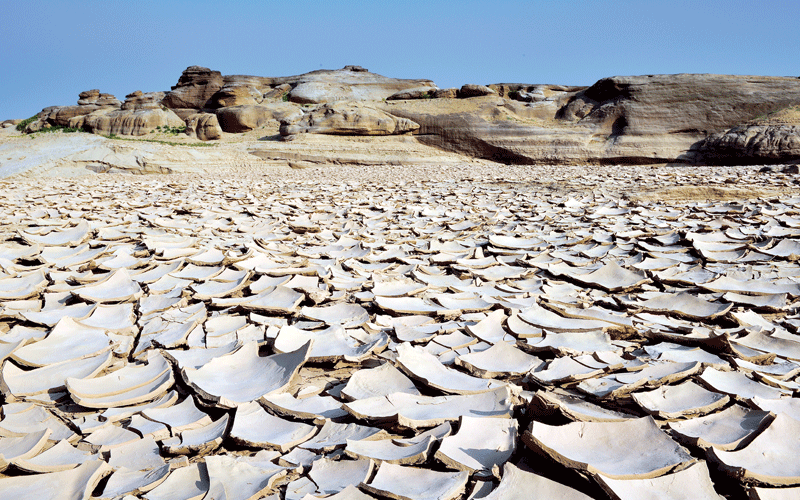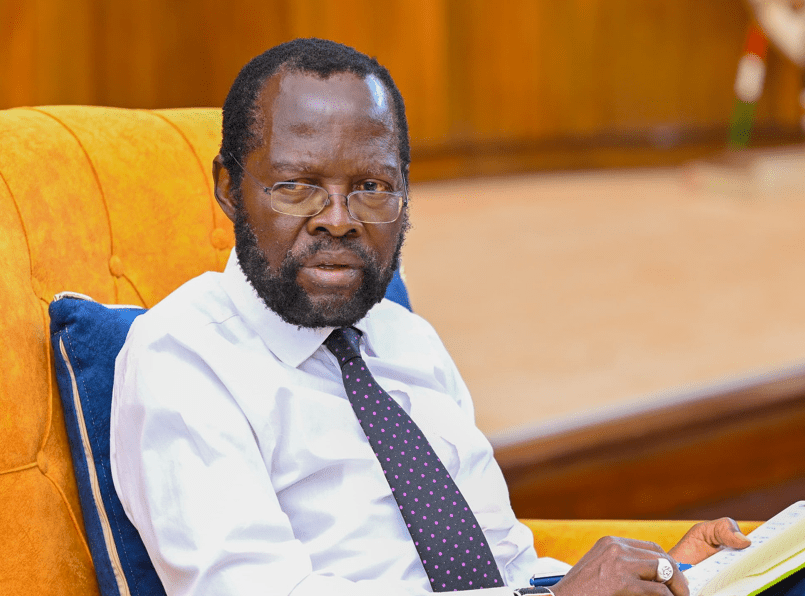Highs, lows marking race to a cleaner, safer planet

Norman Mudibo
Will countries follow through on their promises for a cleaner, safer planet? Are the pledges to curb emissions sufficient?
Or will the global climate change summit be another high-level talk shop peppered with pageantry?
There is a thick cloud of unease and uncertainty as the much-anticipated climate talks in Glasgow, Scotland, gets underway.
The UN Climate Change Conference of the Parties (COP26) is pivotal to warding off catastrophic climate change impact.
It is what the forum President Alok Sharma described a month ago as the ‘world’s best chance of building a cleaner, greener future’ for future generations.
The latest UN report has sounded the alarm bells. We are on a code red. Africa has been hit hard by the vagaries of climate change with 100 million people affected.
While many have showed their climate promises, known as Nationally-Determined Contributions (NDCs) to cut emissions by 2030, many have not or are just cagey driven by nationalism especially the world’s biggest polluters.
The Emissions Gap Report by United Nations Environment Programme says the national climate plans fall ‘far short’ of the 2015 Paris agreement which committed signatories to keep global warming to below 2°C.
We, therefore, are staring at a worsening global warming — crop failures, deadly heatwaves and water shortages.
Moreover, many of the countries are yet to put in place policies and laws to achieve the goals.
We are heading towards a climate catastrophe, as the UN Secretary General Antonio Guterres recently warned.
Bold roadmaps by countries were expected towards steep emission cuts as a build up to the net zero targets by mid-century.
As the conference gets underway, doubts have been raised as to whether this issue is a priority at all especially for the world’s worst emitters.
Russia and China, the largest coal power polluters, are wild cards. Coal is the most carbon-emitting form of the greenhouse gases emissions.
Other fossil fuel producers are against any firm commitments. Six years ago, they doled out promises of cuts in fossil fuel investments.
Whereas Kenya has a negligible 0.13 per cent of global emissions, last year it raised the target for emission curbs to 32 from 30 per cent by 2030.
Beyond commitments, the country has a regulatory regime to enhance responses to climate change evidenced by the promulgation of the Climate Change Act, 2016 (Kenyan).
The law recognises the need for public and private entities to incorporate climate change responses in day-to-day activities.
The country is not only ramping up investments in renewables but rolling out initiatives to entrench energy efficiency at homes, offices to reduce overreliance on fossils.
Businesses are building solar roofs, wind farms and obtaining renewable power.
Powering the shift is the Energy and Petroleum Regulatory Authority which is rolling out complementary legal frameworks and helping households, industries, businesses embrace off-grid renewable energy.
“Petroleum-based fuels are not recommended as a future fuel even if domestically available,” the government forecasts in its power generation overall plan (2015-2035).
The country ranks ninth worldwide for its investments in geothermal power generation which supply low-cost, low emissions energy.
Under the Paris agreement, countries had to update national climate action plans (NDCs) to reduce toxic emissions every five years.
The targets should be more ambitious than the earlier one. Some are not living up to this maxim because of geopolitical risks and to keep strategic leverage in the global power order like Saudi Arabia.
Surprisingly, the Saudis are sending signals towards the renewable path. Green hydrogen—a carbon-free fuel made from water using renewably produced electricity to split hydrogen molecules from oxygen molecules.
They are building the world’s largest green hydrogen plant. Countries and companies in Europe, the Middle East and Asia, are in a rush.
They ‘believe it is an energy source that could help end the reign of fossil fuels and slow the world’s warming trajectory.’
The International Energy Agency says faster embrace of renewable sources such as solar and wind will not only transform the global energy system but was key to tackling carbon emissions.
But there are transitional hiccups to clean energy systems with reports showing Britain—the host of the summit—has turned on its coal power stations to address an emerging domestic energy crisis.
In the US, petrol prices are rising. Weeks ago, China and India got engulfed in blackouts.
All these signalling the resurgence of economies after a lull caused by Covid pandemic but most fundamentally pointing at the need for abundant energy.
Moving on. Europe has proposed stricter caps on industrial emissions, set targets for electric vehicles as part of its renewed push to meet the goals by 2030.
The initiatives contained in a new legislative proposal will need approval by all the 27 member States. It is not a given.
The EU envisages a $550 billion war chest as part of its clean energy plan. Japan has opened one of the world’s largest green hydrogen plants to power fuel cells, both in vehicles and at stationary sites.
Germany has allocated billions of dollars as part of its clean energy stimulus funds. In the UK, hydrogen trucks, double-decker buses and trucks are gaining traction.
In the words of UNEP’s executive director, Inger Andersen , the world has to wake up to the imminent peril we face as a species. — The writer is the Client Services Director at Apex Porter Novelli and a clean energy enthusiast












